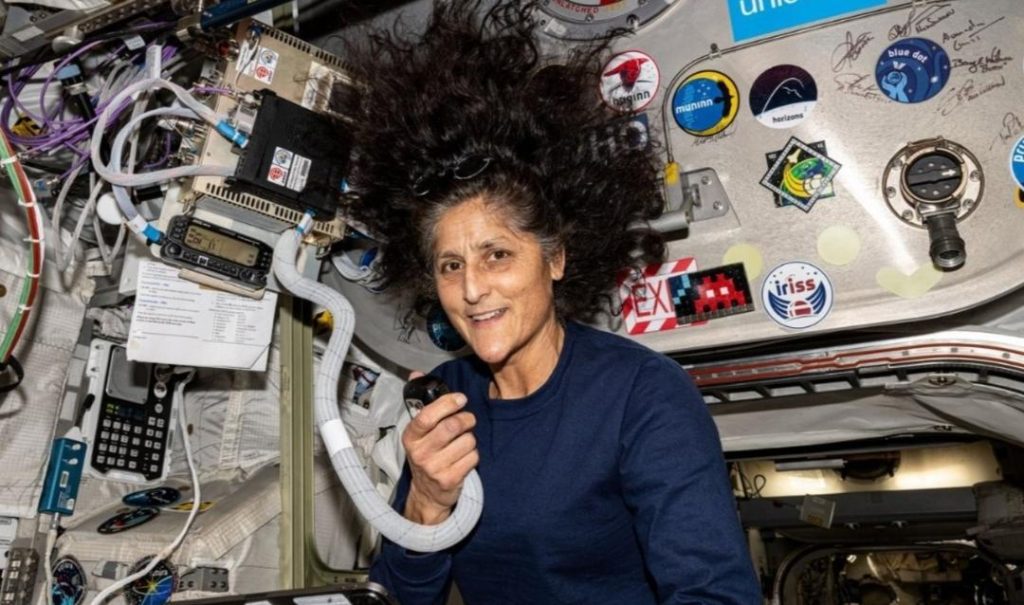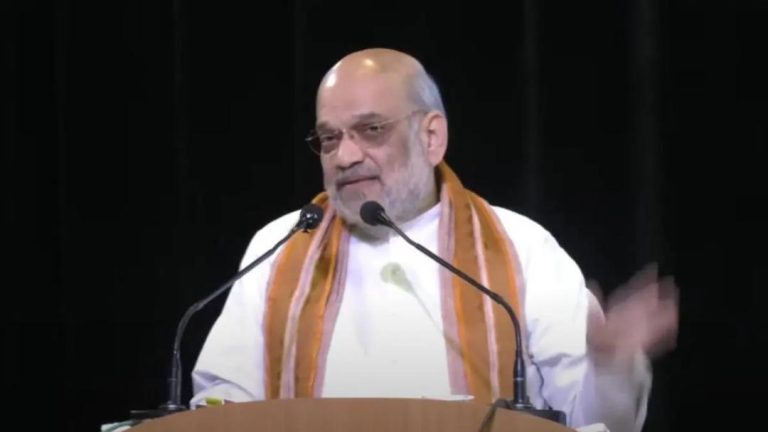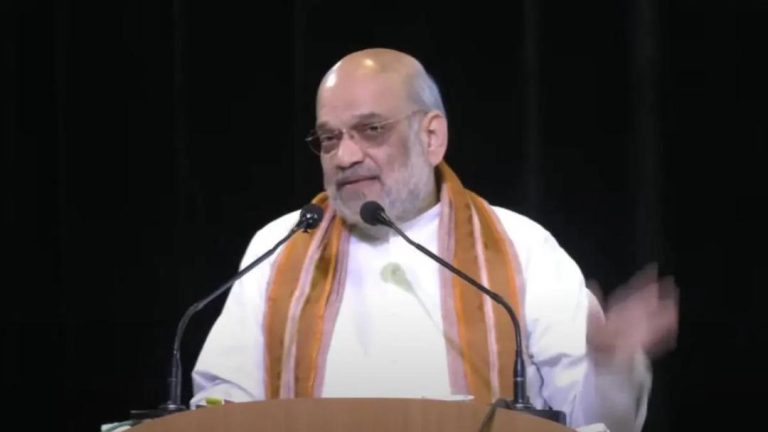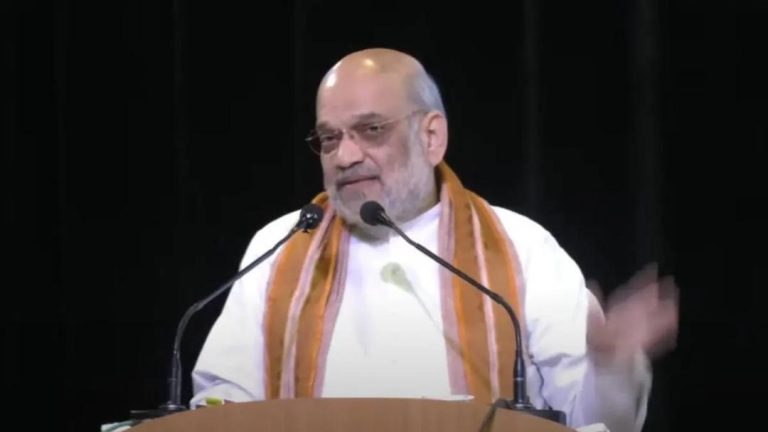
What Scientific Milestones Were Achieved by Williams & Her Team?
The International Space Station (ISS) has been a hub of scientific innovation and human exploration since its inception in the late 1990s. Over the years, numerous crews have contributed to a wide range of research projects, from studying the effects of microgravity on the human body to testing the feasibility of 3D printing in space. One such crew, consisting of NASA astronauts Nick Hague, Butch Wilmore, Sunita Williams, and cosmonaut Aleksandr Gorbunov, recently achieved several significant scientific milestones during their time on the ISS.
Plant-Related Studies
One of the primary focuses of the crew’s research was on plant-related studies. Scientists have long been interested in understanding how plants grow and adapt in microgravity, as this knowledge can have significant implications for future long-duration space missions. Williams and her team conducted experiments on the growth of radish plants, which were specifically designed to investigate the effects of microgravity on root development. The results of these experiments could potentially inform the design of future life support systems and agricultural facilities on space-based missions.
Additionally, the crew conducted research on the effects of microgravity on the development of plant cells. By studying the behavior of plant cells in space, scientists can gain a better understanding of the fundamental biology of plant growth and potentially develop new ways to produce food in space. This research has significant implications for the long-term sustainability of human life in space, as it could enable the production of fresh food and reduce reliance on pre-packaged supplies.
Monitoring Urban Growth, Climate Change, and Natural Disasters
NASA astronaut Butch Wilmore was responsible for capturing thousands of images of Earth during his time on the ISS. These images were used to monitor urban growth, climate change, and natural disasters from space. By analyzing these images, scientists can gain valuable insights into the impact of human activities on the environment and track changes in the Earth’s natural systems over time.
For example, Wilmore’s images were used to study the effects of urbanization on the environment. By comparing images of urban areas taken over time, scientists can track changes in land use, population density, and environmental quality. This information can be used to inform urban planning and environmental policy, as well as to monitor the impact of climate change on urban ecosystems.
3D Printing of Implantable Medical Devices
In addition to plant-related studies and Earth observation, the crew also tested the feasibility of 3D printing implantable medical devices in microgravity. This research has significant implications for the development of new medical technologies, as it could enable the production of custom-made implants for patients with complex medical needs.
The crew used a 3D printer designed specifically for use in space to create small, intricate medical devices, such as implantable sensors and surgical instruments. By testing the performance of these devices in microgravity, scientists can gain a better understanding of the challenges and opportunities presented by printing in space.
Conclusion
The crew of NASA astronauts Nick Hague, Butch Wilmore, Sunita Williams, and cosmonaut Aleksandr Gorbunov achieved several significant scientific milestones during their time on the ISS. Their research on plant-related studies, Earth observation, and 3D printing of implantable medical devices has the potential to inform a wide range of scientific and engineering applications.
As NASA continues to push the boundaries of human exploration and scientific research, the achievements of this crew serve as an important reminder of the importance of continued investment in space-based research. By studying the effects of microgravity on living organisms and testing new technologies in space, scientists can gain the knowledge and insights needed to ensure the long-term sustainability of human life in space.
Source:






